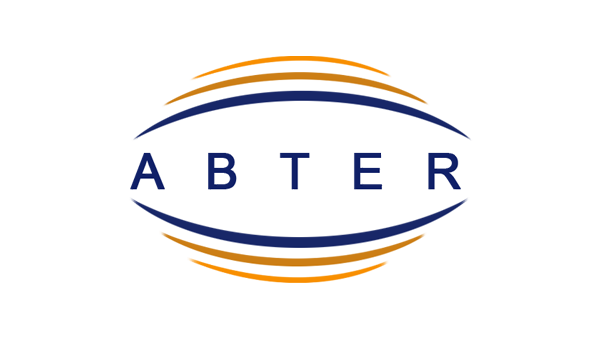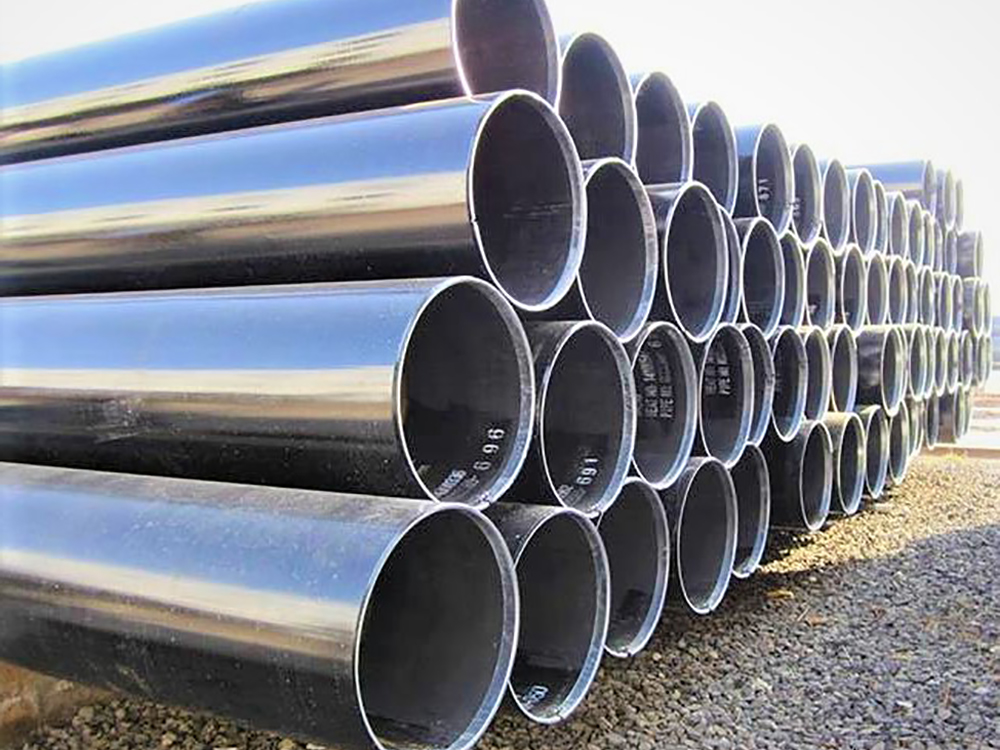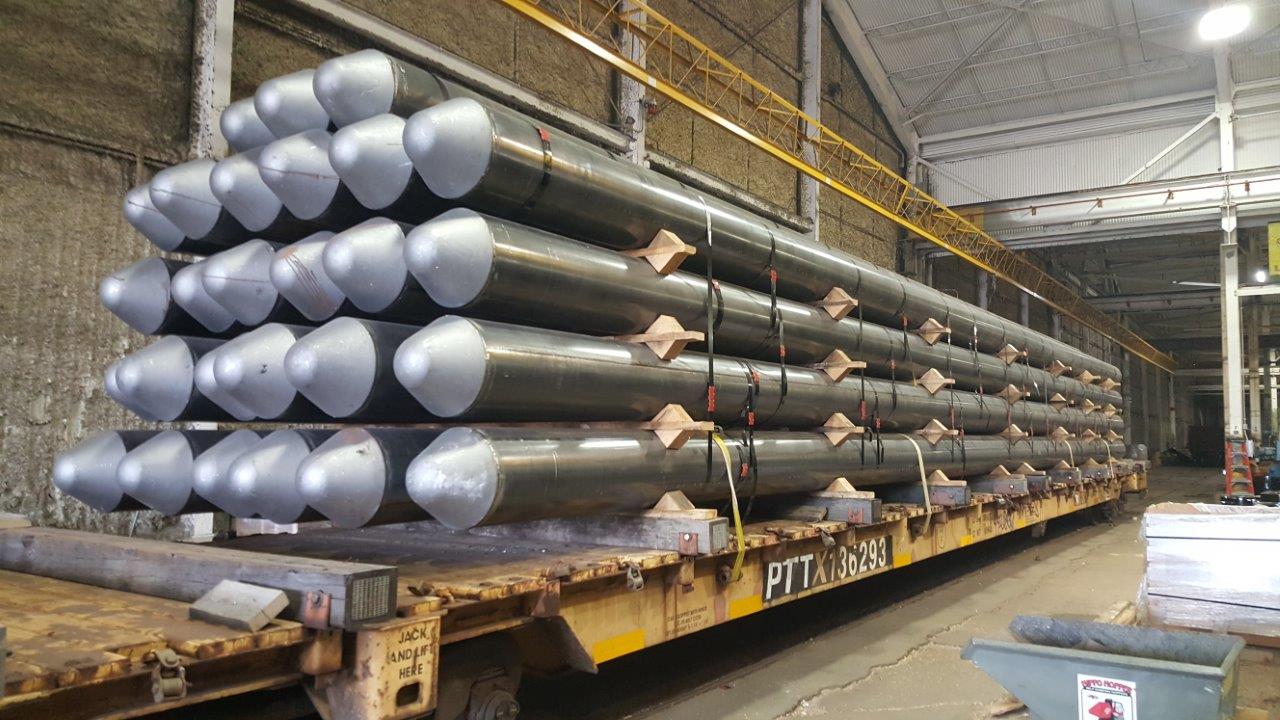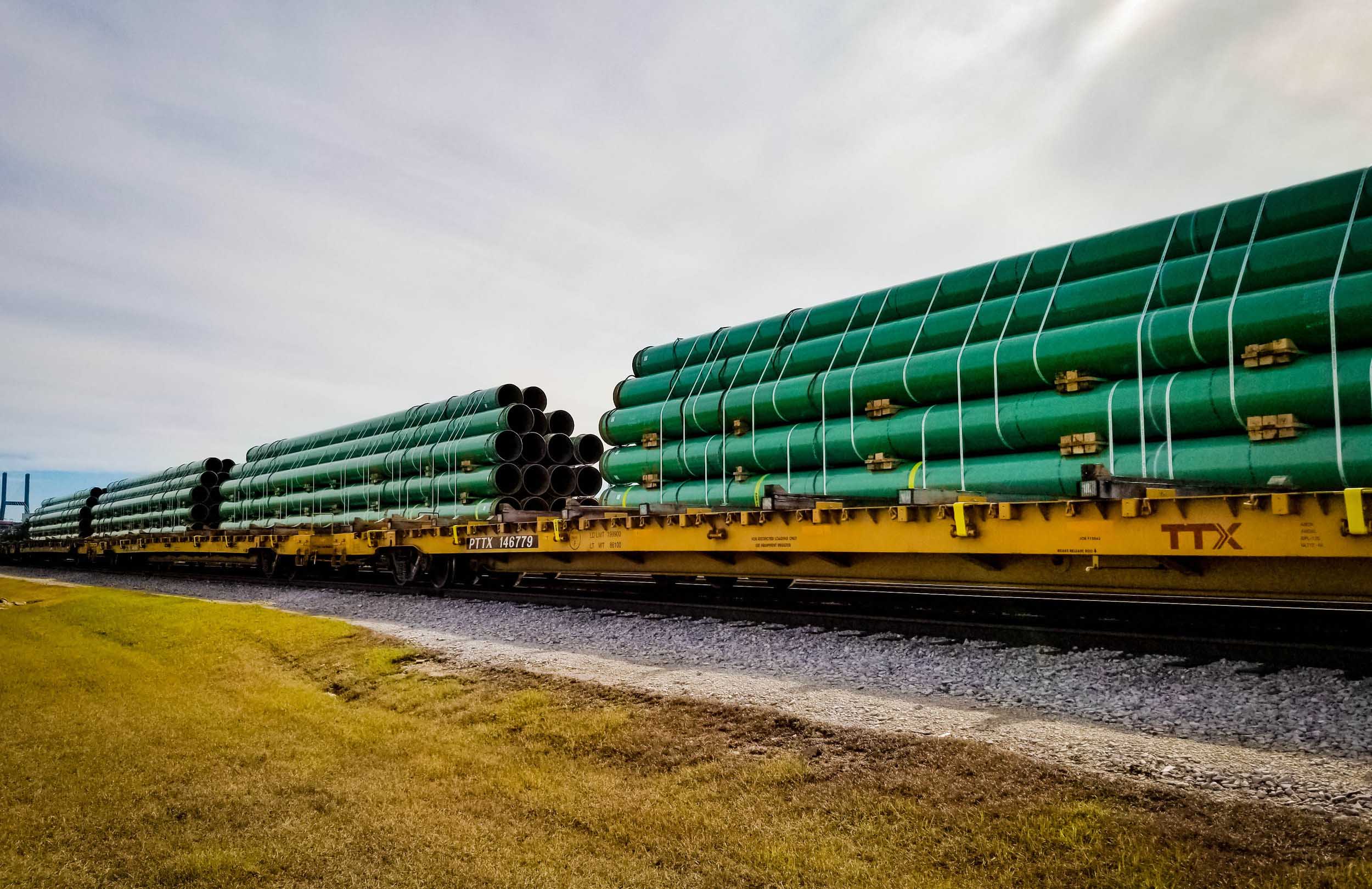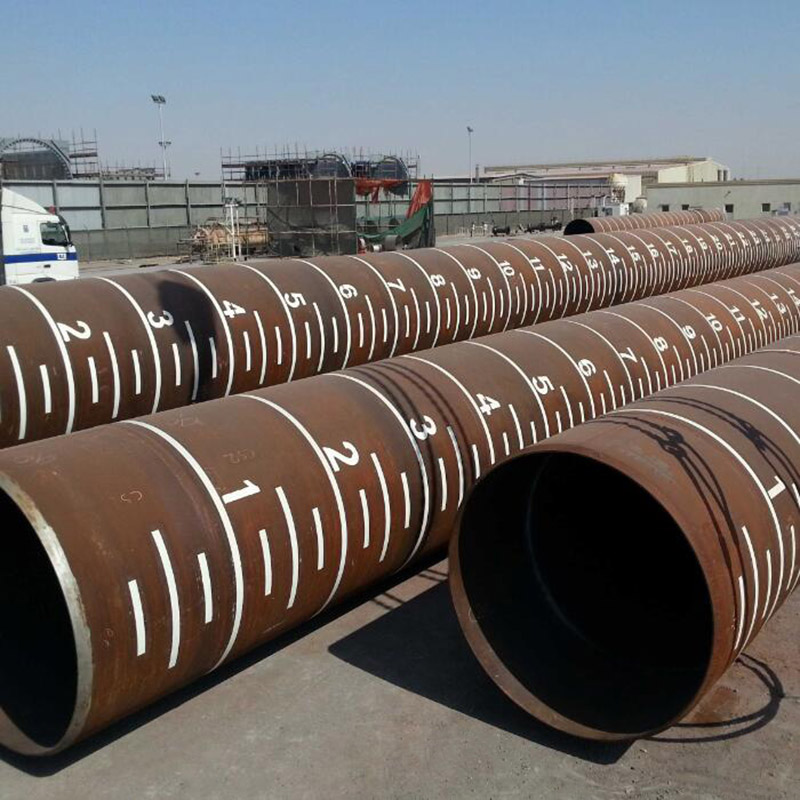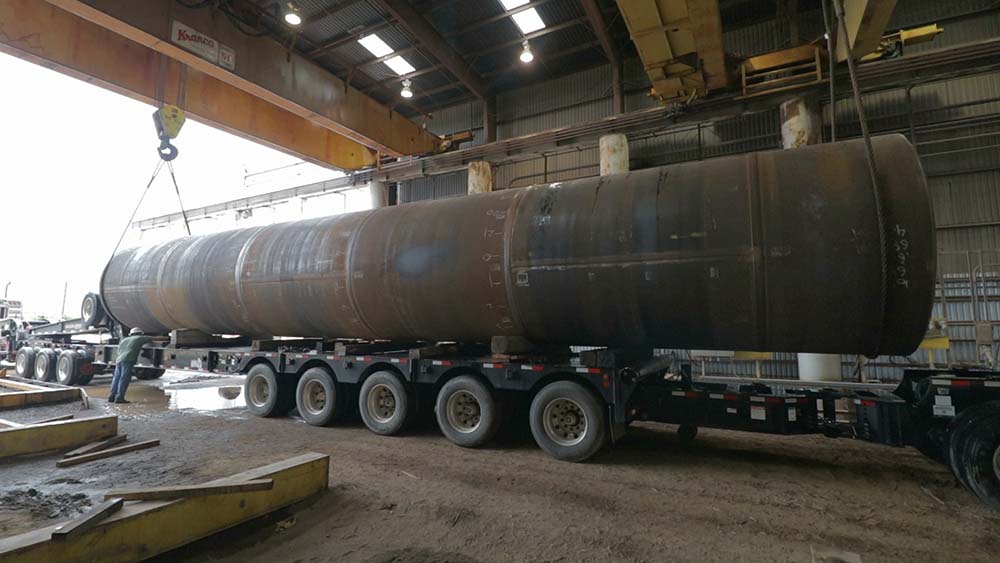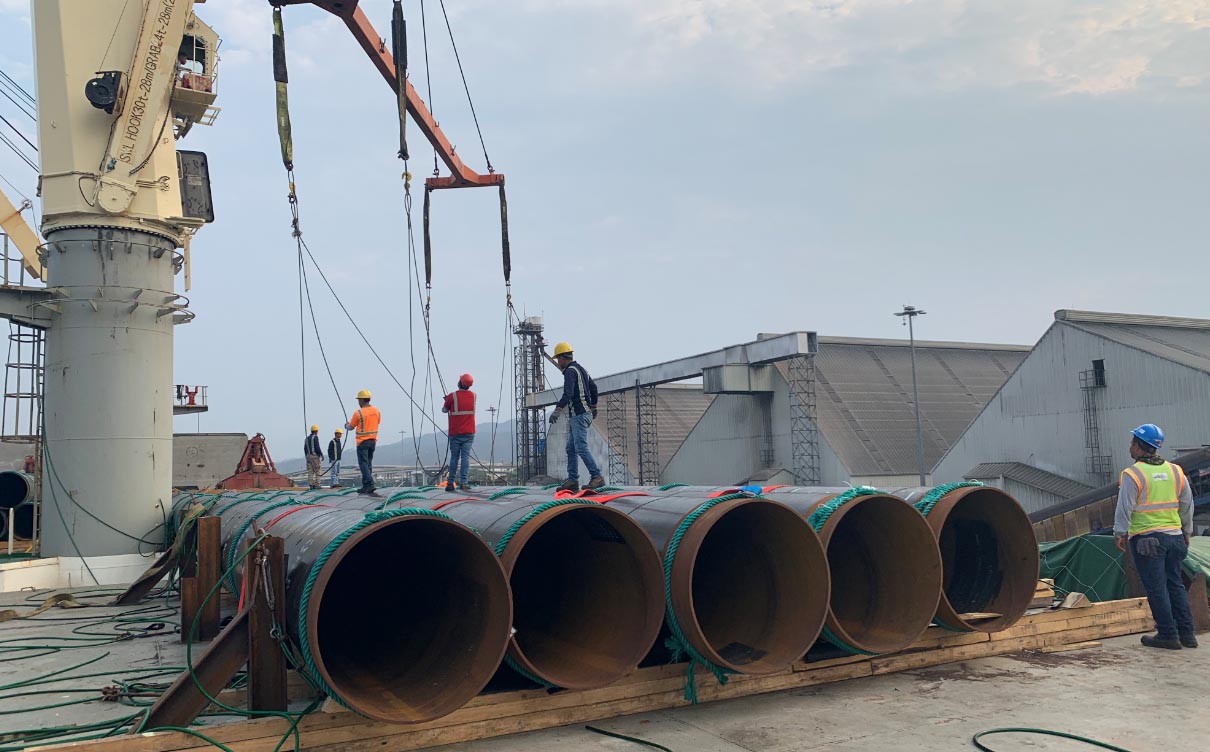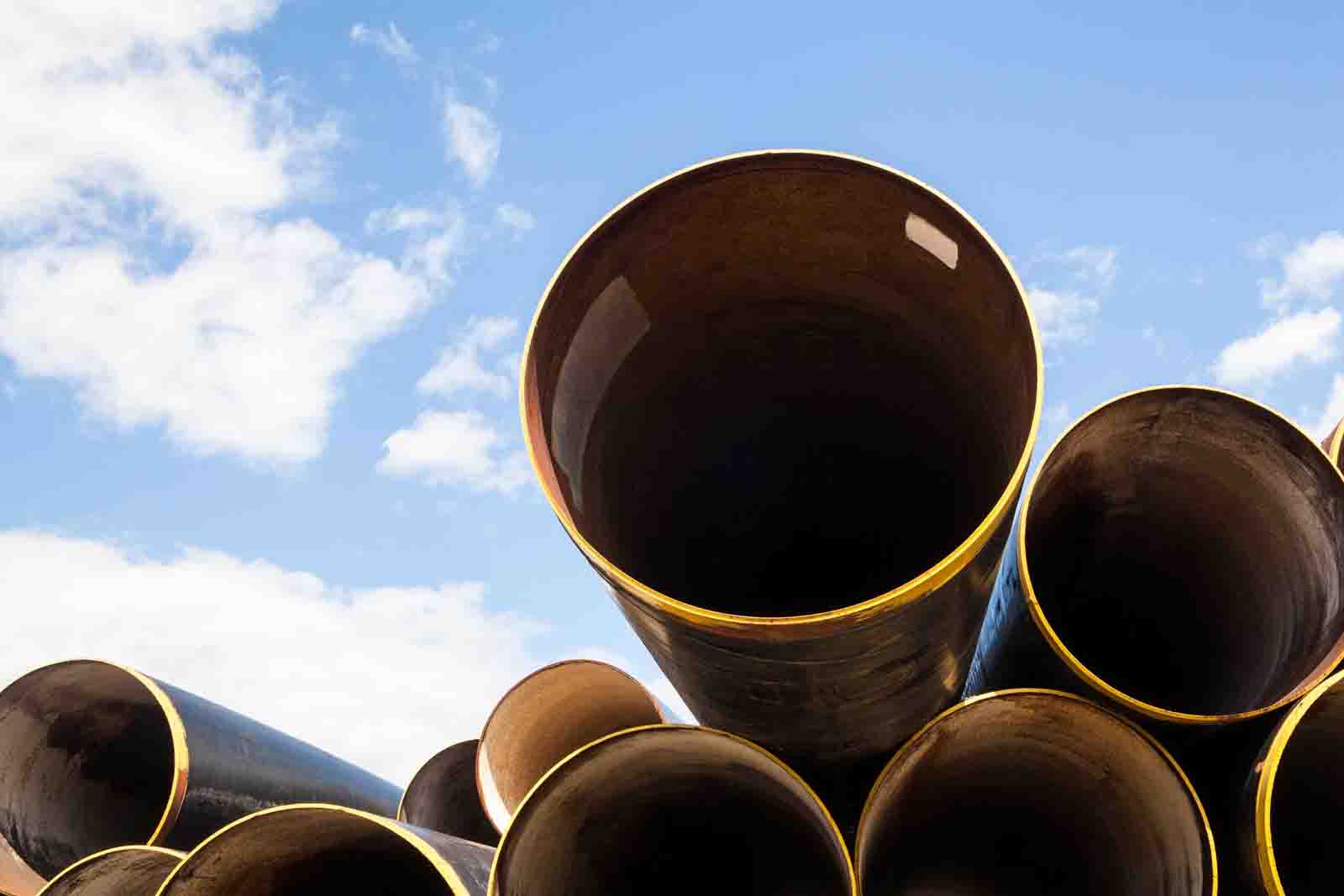ASTM A252 GR.1-GR.3 Welded Steel Pipe Pile
| Main Headings | Subheadings |
|---|---|
| H1: Introduction to ASTM A252 Welded Steel Pipe Pile | – What Is ASTM A252 Standard? |
| – Overview of Grades (GR.1, GR.2, GR.3) | |
| – Importance of Steel Pipe Piling in Construction | |
| H2: Understanding ASTM A252 Specification | – Purpose and Scope of ASTM A252 |
| – Key Mechanical and Chemical Properties | |
| – Comparison Between Grades 1, 2, and 3 | |
| H2: Key Features of ASTM A252 Steel Pipe Pile | – High Strength and Durability |
| – Weldability and Structural Integrity | |
| – Corrosion Resistance | |
| H2: Chemical Composition of ASTM A252 Grades | – Grade 1 Chemical Composition |
| – Grade 2 Chemical Composition | |
| – Grade 3 Chemical Composition | |
| H2: Mechanical Properties of ASTM A252 Steel Pipe | – Tensile Strength and Yield Strength Comparison |
| – Elongation and Flexibility | |
| H2: Types of ASTM A252 Steel Pipe Piles | – Spiral Welded (SSAW) Steel Pipe |
| – Longitudinal Welded (LSAW) Steel Pipe | |
| – Seamless Pipe (for Special Applications) | |
| H2: Manufacturing Process of ASTM A252 Steel Pipe | – Raw Material Preparation |
| – Welding Techniques (SSAW and LSAW) | |
| – Quality Control During Production | |
| H2: Applications of ASTM A252 Steel Pipe Pile | – Building Foundation Piles |
| – Marine and Offshore Piling | |
| – Bridge and Highway Construction | |
| – Dock and Harbor Construction | |
| H2: Differences Between ASTM A252 Grades (GR.1, GR.2, GR.3) | – Comparison of Mechanical Properties |
| – Cost and Application Differences | |
| – Selection Criteria for Projects | |
| H2: Benefits of Using ASTM A252 Steel Pipe Piles | – High Load-Bearing Capacity |
| – Cost-Effectiveness | |
| – Durability in Harsh Environments | |
| H2: Dimensional and Tolerance Requirements | – Pipe Wall Thickness Tolerances |
| – Outside Diameter Tolerances | |
| – Length Specifications | |
| H2: ASTM A252 Testing and Inspection Standards | – Hydrostatic Testing |
| – Mechanical Property Testing | |
| – Non-Destructive Testing (NDT) | |
| H2: Comparison of ASTM A252 with Other Standards | – ASTM A252 vs ASTM A500 |
| – ASTM A252 vs API 5L | |
| – ASTM A252 vs ASTM A53 | |
| H2: Coating and Corrosion Protection Options | – Anti-Corrosion Coatings (Epoxy, Galvanizing) |
| – Internal and External Coating Solutions | |
| H2: Environmental Impact and Sustainability | – Recyclability of Steel Pipe Piles |
| – Reducing Carbon Footprint in Production | |
| H2: Buying Guide for ASTM A252 Steel Pipe Piles | – Selecting the Right Grade (GR.1, GR.2, GR.3) |
| – Choosing Between SSAW and LSAW Pipe | |
| – Evaluating Supplier Certifications | |
| H2: Frequently Asked Questions (FAQs) | – What Is ASTM A252 Standard? |
| – What Is the Difference Between Grades 1, 2, and 3? | |
| – Where Are ASTM A252 Steel Pipe Piles Used? | |
| – How Is ASTM A252 Steel Pipe Tested? | |
| – What Coatings Are Suitable for ASTM A252 Pipes? | |
| H2: Conclusion | – Summary of ASTM A252 Steel Pipe Benefits |
| – Final Thoughts on Its Applications and Reliability |
Long-Form Article on ASTM A252 GR.1-GR.3 Welded Steel Pipe Pile
H1: Introduction to ASTM A252 Welded Steel Pipe Pile
ASTM A252 steel pipe piles are cylindrical structural elements used for foundation, marine, and offshore applications. Manufactured in grades 1, 2, and 3, these pipes are known for their high strength, weldability, and durability, making them a reliable solution for load-bearing applications in various construction projects.
The ASTM A252 standard ensures uniform quality and mechanical properties, enabling engineers to trust these pipes for structural integrity and long-term performance.
H2: Understanding ASTM A252 Specification
The ASTM A252 specification covers steel pipe piles used in the construction of deep foundations, bridge supports, docks, and marine structures.
Purpose and Scope of ASTM A252
- Defines the mechanical and chemical properties of steel pipe piles.
- Provides manufacturing, tolerance, and testing guidelines.
- Ensures suitability for high-load structural applications.
H2: Key Features of ASTM A252 Steel Pipe Pile
- High Strength and Durability: Capable of bearing heavy loads in demanding environments.
- Weldability: Can be welded easily for custom lengths and structures.
- Corrosion Resistance: Enhanced with coatings or linings for marine and underground applications.
H2: Chemical Composition of ASTM A252 Grades
The table below shows the chemical composition limits for ASTM A252 steel pipe piles:
| Element | Grade 1 (%) | Grade 2 (%) | Grade 3 (%) |
|---|---|---|---|
| Carbon (C) | 0.26 max | 0.26 max | 0.26 max |
| Manganese (Mn) | 0.95 max | 1.60 max | 1.60 max |
| Phosphorus (P) | 0.050 max | 0.050 max | 0.050 max |
H2: Mechanical Properties of ASTM A252 Steel Pipe
The mechanical properties of ASTM A252 grades are as follows:
| Property | Grade 1 | Grade 2 | Grade 3 |
|---|---|---|---|
| Tensile Strength (psi) | 50,000 min | 60,000 min | 66,000 min |
| Yield Strength (psi) | 30,000 min | 35,000 min | 45,000 min |
| Elongation (%) | 18% min | 14% min | 12% min |
- Grade 1: Suitable for lighter load applications.
- Grade 2: Commonly used for medium-strength requirements.
- Grade 3: Ideal for high-load, demanding projects due to its superior tensile strength.
H2: Types of ASTM A252 Steel Pipe Piles
- Spiral Welded (SSAW) Steel Pipe:
- Produced by spirally welding steel strips.
- Cost-effective and suitable for large-diameter piles.
- Longitudinal Welded (LSAW) Steel Pipe:
- Manufactured by longitudinally welding steel plates.
- Offers better structural integrity for high-stress environments.
- Seamless Pipe:
- Used for specialized, high-pressure applications where welding is not preferred.
H2: Applications of ASTM A252 Steel Pipe Pile
- Building Foundation Piles: Provides structural support for large buildings and skyscrapers.
- Marine and Offshore Piling: Used for docks, harbors, and offshore platforms due to high corrosion resistance.
- Bridge and Highway Construction: Essential for supporting bridge piers and overpasses.
- Dock and Harbor Structures: Prevents soil erosion and offers stability to marine structures.
H2: Differences Between ASTM A252 Grades (GR.1, GR.2, GR.3)
| Property | Grade 1 | Grade 2 | Grade 3 |
|---|---|---|---|
| Strength | Low | Medium | High |
| Applications | Light structures | General applications | Heavy load-bearing |
| Cost | Least expensive | Moderate cost | Highest cost |
H2: Dimensional and Tolerance Requirements
| Pipe Parameter | Tolerance |
|---|---|
| Wall Thickness | -12.5% |
| Outside Diameter | ±1% |
| Length | ±1 inch for random lengths |
H2: Testing and Inspection Standards
- Hydrostatic Testing: Ensures pipes can withstand high internal pressures.
- Mechanical Testing: Verifies tensile strength, yield strength, and elongation.
- Non-Destructive Testing (NDT): Includes ultrasonic testing and radiographic testing for weld integrity.
H2: Buying Guide for ASTM A252 Steel Pipe Piles
- Grade Selection: Choose the appropriate grade (1, 2, or 3) based on load requirements.
- Pipe Type: SSAW for cost-efficiency or LSAW for structural integrity.
- Certifications: Ensure compliance with ASTM A252 and third-party testing reports.
H2: Frequently Asked Questions (FAQs)
1. What Is ASTM A252 Standard?
ASTM A252 is the specification for steel pipe piles used in construction and foundation applications.
2. What Is the Difference Between Grades 1, 2, and 3?
Grades differ in tensile strength, yield strength, and elongation. Grade 3 offers the highest strength.
3. Where Are ASTM A252 Steel Pipe Piles Used?
They are used in building foundations, marine piling, bridges, and offshore structures.
4. How Is ASTM A252 Steel Pipe Tested?
Pipes undergo hydrostatic, mechanical, and non-destructive testing to ensure compliance.
5. What Coatings Are Suitable for ASTM A252 Pipes?
Epoxy coatings, galvanizing, and anti-corrosion linings are commonly used.
H2: Conclusion
ASTM A252 GR.1-GR.3 welded steel pipe piles are essential for supporting large-scale infrastructure projects. Their strength, durability, and versatility make them ideal for foundation piling, marine applications, and bridge construction. By selecting the appropriate grade and ensuring compliance with ASTM standards, industries can achieve reliable and long-lasting structural solutions.
H2: Coating and Corrosion Protection Options for ASTM A252 Steel Pipe Piles
To extend the lifespan of ASTM A252 steel pipe piles, protective coatings are applied to prevent corrosion and damage caused by environmental conditions. The choice of coating depends on the pipeline’s application and the severity of the environment.
1. External Coating Options
- Fusion-Bonded Epoxy (FBE):
- Provides excellent corrosion resistance.
- Commonly used for marine and buried pipelines.
- Adheres well to steel and withstands mechanical damage.
- Hot-Dip Galvanizing:
- Coats the pipe with a zinc layer to prevent oxidation and corrosion.
- Ideal for atmospheric and mild corrosive environments.
- Coal Tar Epoxy Coating:
- Suitable for underwater and submerged conditions.
- Offers long-term durability against water exposure.
- Polyurethane (PU) Coating:
- Provides excellent resistance to abrasion and UV rays.
- Preferred for above-ground and exposed structures.
2. Internal Coating Options
- Epoxy Linings: Prevent internal corrosion caused by water, soil, or chemical exposure.
- Cement Mortar Lining: Protects against acidic or abrasive water flow, ensuring clean water transport.
3. Anti-Corrosion Methods
- Cathodic Protection Systems:
- Used for buried or submerged pipes to reduce electrochemical reactions causing corrosion.
- Bituminous Coating:
- A cost-effective option for moderate corrosion environments.
H2: Environmental Impact and Sustainability of ASTM A252 Steel Pipe Piles
Steel pipe piles are environmentally sustainable, contributing to eco-friendly construction practices.
1. Recyclability of Steel
- Steel is 100% recyclable, minimizing environmental waste.
- After its lifecycle, steel pipes can be melted down and reused in new construction projects.
2. Reducing Carbon Footprint
- Advanced manufacturing techniques reduce energy consumption and emissions.
- Durable steel pipes reduce the need for frequent replacements, conserving resources.
3. Sustainable Applications
- Pipe piles are used in renewable energy projects such as offshore wind farms and solar plants for foundation support.
- In marine construction, steel piles prevent soil erosion and contribute to long-term environmental stability.
H2: Comparison of ASTM A252 with Other Standards
| Specification | Tensile Strength (psi) | Yield Strength (psi) | Primary Applications |
|---|---|---|---|
| ASTM A252 | 50,000-66,000 | 30,000-45,000 | Structural piling for foundations, marine. |
| ASTM A53 | 48,000-60,000 | 30,000-35,000 | General-purpose pipelines. |
| API 5L | 60,200-80,000 | 42,100-60,200 | Oil and gas transportation pipelines. |
| ASTM A500 | 58,000-62,000 | 46,000-50,000 | Structural tubing for building frameworks. |
Key Insights:
- ASTM A252 has higher strength requirements for foundation applications compared to general pipeline standards.
- API 5L pipes are preferred for high-pressure oil and gas transport.
H2: Dimensional Chart for ASTM A252 Pipe Piles
The following table provides standard dimensions and tolerances for ASTM A252 pipe piles:
| Nominal Pipe Size (NPS) | Wall Thickness (mm) | Outside Diameter (OD, mm) | Length Tolerance |
|---|---|---|---|
| 6 | 5.16 | 168.3 | +1 inch / -0 inch |
| 12 | 8.38 | 323.9 | ±1 inch |
| 16 | 9.53 | 406.4 | Custom (up to 100 feet) |
| 20 | 12.7 | 508.0 | Standard (20, 40, or 60 feet) |
Length Options:
- Pipes are supplied in single random lengths (SRL), double random lengths (DRL), or custom lengths based on project requirements.
H2: Buying Guide for ASTM A252 Steel Pipe Piles
When sourcing ASTM A252 steel pipe piles, the following considerations ensure the best fit for your project:
1. Determine Project Requirements
- Choose the appropriate grade:
- Grade 1: For light structural loads.
- Grade 2: For standard construction needs.
- Grade 3: For heavy load-bearing foundations.
2. Select the Manufacturing Process
- SSAW Pipes: Suitable for large-diameter, cost-effective projects.
- LSAW Pipes: Ideal for high-stress environments requiring precision and strength.
3. Coating and Corrosion Protection
- Evaluate environmental conditions to select anti-corrosion coatings (FBE, galvanizing, PU, or cement lining).
4. Verify Compliance
- Request third-party inspection and certification for mechanical properties, chemical composition, and dimensional tolerances.
5. Supplier Evaluation
-
- Choose a reputable supplier with:
- ISO Certification
- Compliance with ASTM standards
- Detailed quality inspection reports
- Choose a reputable supplier with:
H2: Frequently Asked Questions (FAQs)
1. What Is ASTM A252 Standard?
ASTM A252 is a specification for steel pipe piles used in structural foundation applications, ensuring high strength and durability.
2. What Is the Difference Between Grades 1, 2, and 3?
- Grade 1: Low tensile strength, used for light loads.
- Grade 2: Medium strength, for general piling purposes.
- Grade 3: High tensile strength, suitable for heavy load-bearing applications.
3. Where Are ASTM A252 Steel Pipe Piles Used?
They are used in construction foundations, marine piling, offshore structures, and bridges.
4. How Is ASTM A252 Steel Pipe Tested?
Pipes undergo hydrostatic testing, tensile strength tests, and non-destructive testing for weld integrity.
5. What Coatings Are Suitable for ASTM A252 Pipes?
Common coatings include fusion-bonded epoxy (FBE), galvanizing, polyurethane (PU), and coal tar epoxy.
